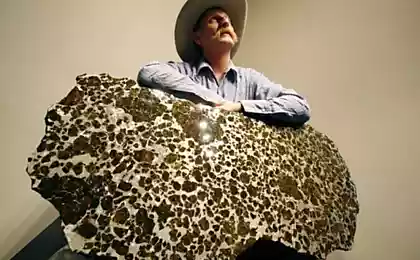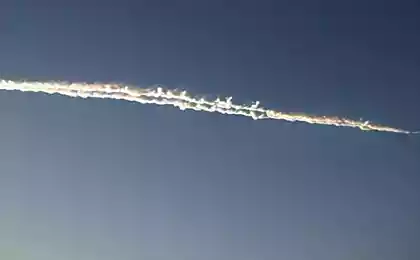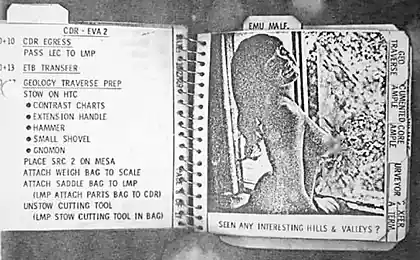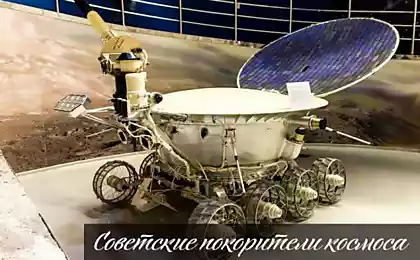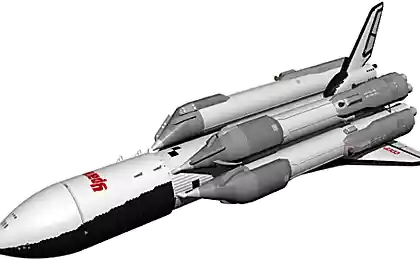689
All that we know about the meteorite Chelyabinsk
All the facts known to science at the moment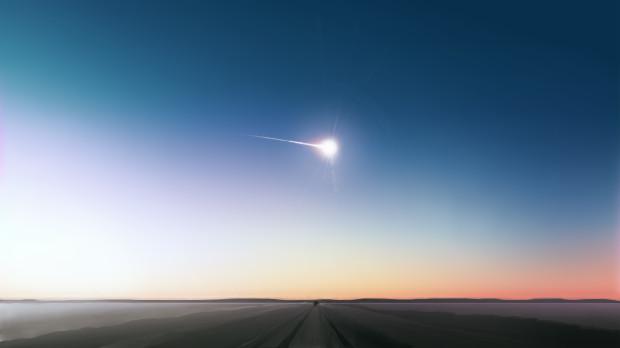
A few months after the fall of the Chelyabinsk fireball almost 19 meters in diameter, scientists have found out some facts about its trajectory, structure and collision with the ground - this week in the scientific journal was published three reports on this topic. The researchers were able to establish that superbolides (bright fireball) was even greater than we previously thought, and that the risk of collision with the Earth like meteorites strongly underestimated.
It has been documented that the meteorite was ordinary chondrites, the same as the Japanese stones sent spacecraft Hayabusa with asteroid Itokawa in 2010, the year. Perhaps the Chelyabinsk meteorite comes from a family of asteroids from the Flora Big asteroid belt between Mars and Jupiter.
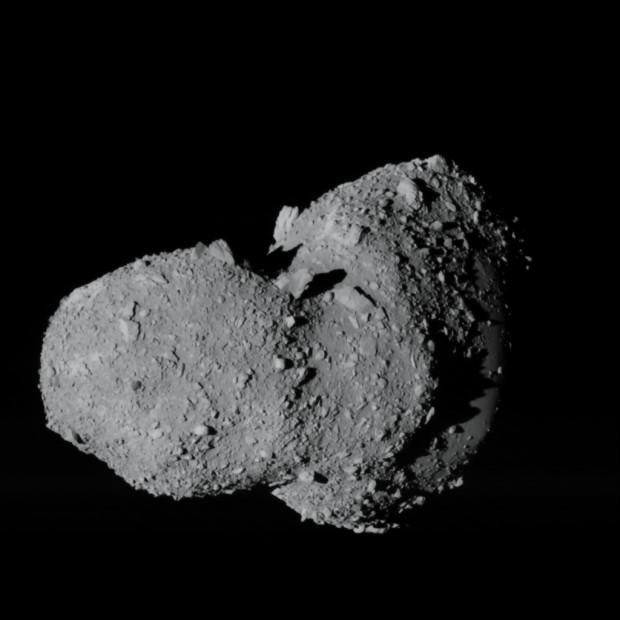
A group of researchers visited settlements around the site of a meteorite and re-trace his trajectory, using footage taken on the day of the incident, February 15 2013..
Some interesting figures:

A few months after the fall of the Chelyabinsk fireball almost 19 meters in diameter, scientists have found out some facts about its trajectory, structure and collision with the ground - this week in the scientific journal was published three reports on this topic. The researchers were able to establish that superbolides (bright fireball) was even greater than we previously thought, and that the risk of collision with the Earth like meteorites strongly underestimated.
It has been documented that the meteorite was ordinary chondrites, the same as the Japanese stones sent spacecraft Hayabusa with asteroid Itokawa in 2010, the year. Perhaps the Chelyabinsk meteorite comes from a family of asteroids from the Flora Big asteroid belt between Mars and Jupiter.

A group of researchers visited settlements around the site of a meteorite and re-trace his trajectory, using footage taken on the day of the incident, February 15 2013..
Some interesting figures:
- First, the diameter of the meteoroid, probably was about 19 meters, and its weight was originally from 12 thousand to 13 thousand tons. He entered the atmosphere at a speed of more than 65-thousand km / h.
- The first shock wave is formed at an altitude of 88 km above the Earth.
- The 30 km above the surface of the meteor hit peak heat and brightness, and observers from the earth shone brighter than the sun. The power of the explosion comparable to the explosion of 500 000 - 600 000 tons of TNT.
- In the land of fallen meteorite fragments total weight of four to six tonnes, including the bottom of the lake Chebarkul was found a fragment of a mass of about 635-kg. More than 75% of stone vanished.
- The largest fragment of the fallen on the ground created a seven-meter-wide hole in the ice of the lake Chebarkul. The thickness of the ice at the time reaches 0, 6 meters.
via factroom.ru
A Chinese man walks in shoes weighing 405 kg
The largest crop in the world - the harvest of sugar cane




